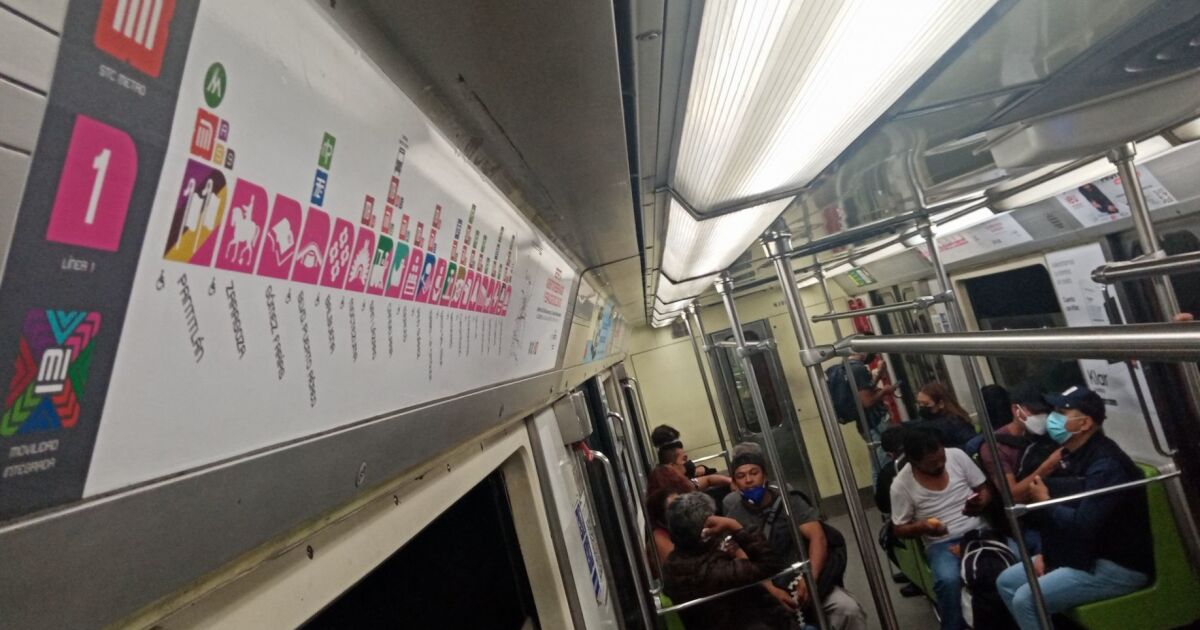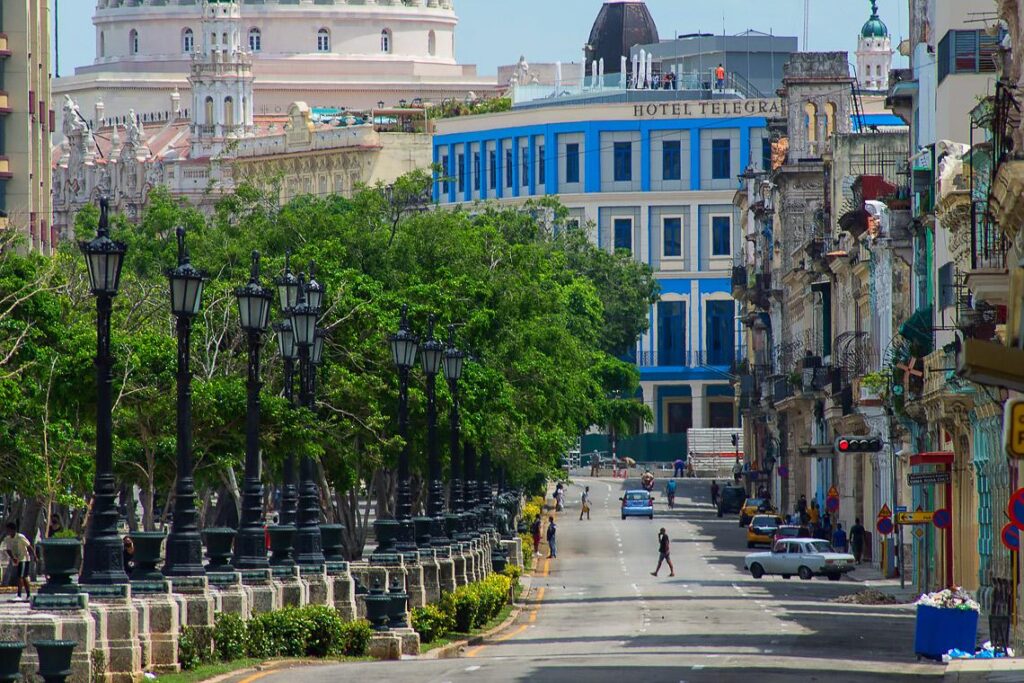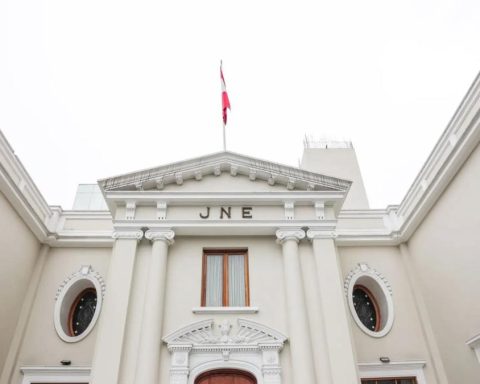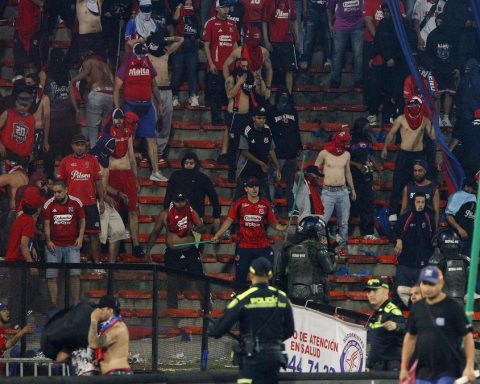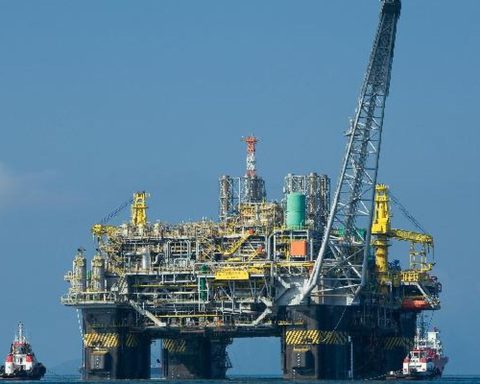Behind his glasses and his Pueblan smile, Ordaz used the first ticket on Line 1. He got on the trains surrounded by dozens of people, and in that microcosm, the then president received some applause. Or so the cameras still showed in black and white.
It was another Mexico City. It wasn’t even officially called that. The hangover from the 1968 Olympics was still felt. Students and social leaders were hiding from the military and other authorities whose hands were already full of blood after the Tlatelolco massacre.
Sixteen stations came into operation in that September 1969. In the following years, the Chapultepec-Juanacatlán, Juanacatlán-Tacubaya, Tacubaya-Observatorio and Zatagoza-Pantitlán sections were completed.
The Pink Line now has 18 kilometers and 828 meters in length. It has 20 stations (7 of correspondence, 12 of step and a terminal). It connects with lines 2, 3, 4, 5, 7, 8, 9, A and B, that is, with nine of the other eleven routes that the Collective Transport System (STC) has.
(Carlos Vargas)
what’s coming
“It is very difficult, if it is time to leave Tláhuac, now reaching more distant points such as the Zona Rosa, a whole issue,” says Ivett, who uses the Pink Line only to connect with the Green Line, which runs of Constitution of 1917 and Garibaldi.
“I can already imagine the collapse in the city due to the closure of Line 1, and all for not foreseeing. And that Line 12 was not going to be working in June of this year?”, said Alberto, a user of social networks.
Contrary to her words, the user Ia Gaba thinks, who points out that the repair of Line 1 of the Metro is very necessary.
Thousands will be affected. There will be thousands who will change their routines from Monday. There will be temporary stations that are already being built, at the time these lines are read. The buses that will simulate the mirror of this route will arrive there.
The closure is due to the magnitude of the works that cannot be carried out only at night or by station because the STC Metro only slows down its operation for three to four hours a day.

(Carlos Vargas)
According to authorities in the capital, the period is very short for machinery entry tasks, removal of materials and replacement with new components.
The first phase will leave 12 stations suspended for eight months. During this period, work will be carried out from Salto del Agua to Pantitlán. During this period there will be a user support service.
At the closing time, the acquisition of 29 new trains will take place. The transportation capacity will be increased by 35%; there will be a continuous corridor inside the trains, which will generate better ventilation; waiting and transfer times will be reduced; the faults that exist today will be eliminated, and the service will be improved. Or so say authorities in the capital.
“The most complex thing is that in a space as small as the tunnel, it is that we agree on civil works and the installation of technological systems, such as the telecommunications network. This logistics has taken us to plan and the idea is to compact the times and do it in the most organized way to do it in eight months”, says David Escalante, engineer in charge of the project.
“Other projects in the world have taken three to eight years. We will be doing it in a short time. More than 800 people are already working on the engineering stage. For the construction stage, the one that is about to start, the removal of material, another 200 in the tunnel, plus the control teams, about 200 more. In the part of making trains today there are already more than 150 people in Querétaro”, he details.

(Carlos Vargas)
According to the engineer, the authorities will work with state-of-the-art technology. “We have the best elements of international technology. With Germans, French, Spanish”.
“Line 1 is already 53 years old. Its life has been extended because during all this time some materials have been changed, with maintenance. We are building a new Line 1. All elements will be new. Integral renovation allows to have a new Line, with all the functional elements”.
In the Balderas Metro, a provisional platform will be built that will allow users to enter and exit.
“We could keep it all things being equal, but there will be improvements in service. The age of the Line implies against interruptions due to power outages or other system failures. These situations will stop and transportation capacity will increase and transfers will be faster,” says Escalante.
The authorities of the Mexican capital assure that users will benefit from the renewal.
From Saturday, July 9, the operation will begin. Power outage will take place. Personnel will begin the removal of cables and the area will be prepared for the entry of machinery that will work for the next eight months.
